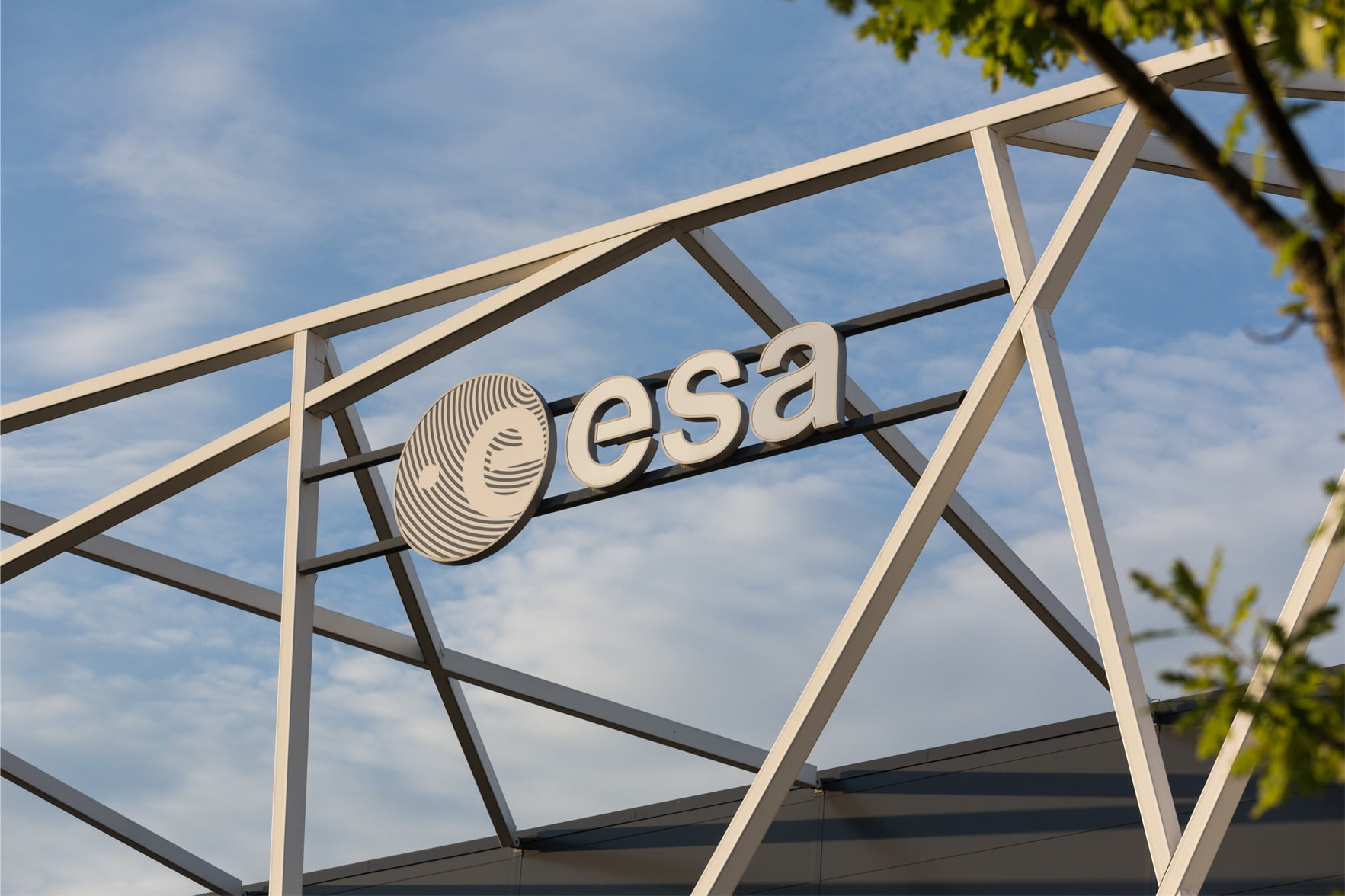Now for a world first… The European Space Agency (ESA) made history last week with the announcement of the first “parastronaut”. The bold adventurer is 41-year-old UK citizen, John McFall, a former Paralympic sprinter who had his right leg amputated after a motorbike accident at the age of nineteen.
McFall is the first candidate selected for the Parastronaut Feasibility Project. It is described by the ESA as a “serious, dedicated and honest attempt to clear the path to space for a professional astronaut with a physical disability”.
The ESA is exploring what changes to training and equipment need to be made for a physically disabled person to travel to space. NASA first selected astronauts for the Mercury Seven space endeavour in 1959. Recruitment then was limited to male military test pilots less than forty-years-old, in excellent physical and mental health, and less than 1.8m tall, as the Mercury capsule was tiny.
NASA uses a similar basic eligibility screening process, where applicants must have 20/20 vision (corrective lenses and laser eye surgery are okay), with blood pressure under 140/90. Their height must also be between 1.49 and 1.93m. If accepted into the basic training, the successful applicants must complete a two-year training period. They must master complex space hardware and software, perform simulated spacewalks in Houston’s Neutral Buoyancy Laboratory, and experience weightlessness during a parabolic flight.
Astronaut selection criteria have slowly evolved since the first all-male, all-military cohorts. The first female in space was Soviet Cosmonaut Valentina Tereshkova. She flew on the Vostok 6 capsule in 1963. It was well over a decade before NASA selected female astronauts. Sally Ride became the first US woman in space aboard the shuttle Challenger in 1983. The first NASA astronaut of colour, Guion “Guy” Bluford, flew also flew in ‘83. The 2021 NASA astronaut class consisted of ten candidates. It included four women and several candidates from culturally diverse backgrounds.
Diversity in astronaut selection has lagged behind in society. The ESA has made more than a small step with the Parastronaut Project. Space travel remains a high-risk venture in an extreme environment. There are significant physical and mental challenges to overcome, and it is still a long way from anyone being able to travel to space. However, this moment of inclusivity is a giant leap for all mankind.
HCPA would like to tip our space helmets to John McFall and everything he has achieved. We are excited for a future where everyone has an equal opportunity, and can find their place in this world, or beyond it.
If you are interested in the world and future of disability support, please contact us here and we can discuss how your time and skills can help build a better future for all.
SOURCES | The world finally has its first ‘parastronaut’. Can we expect anyone to be able to go to space one day? |





